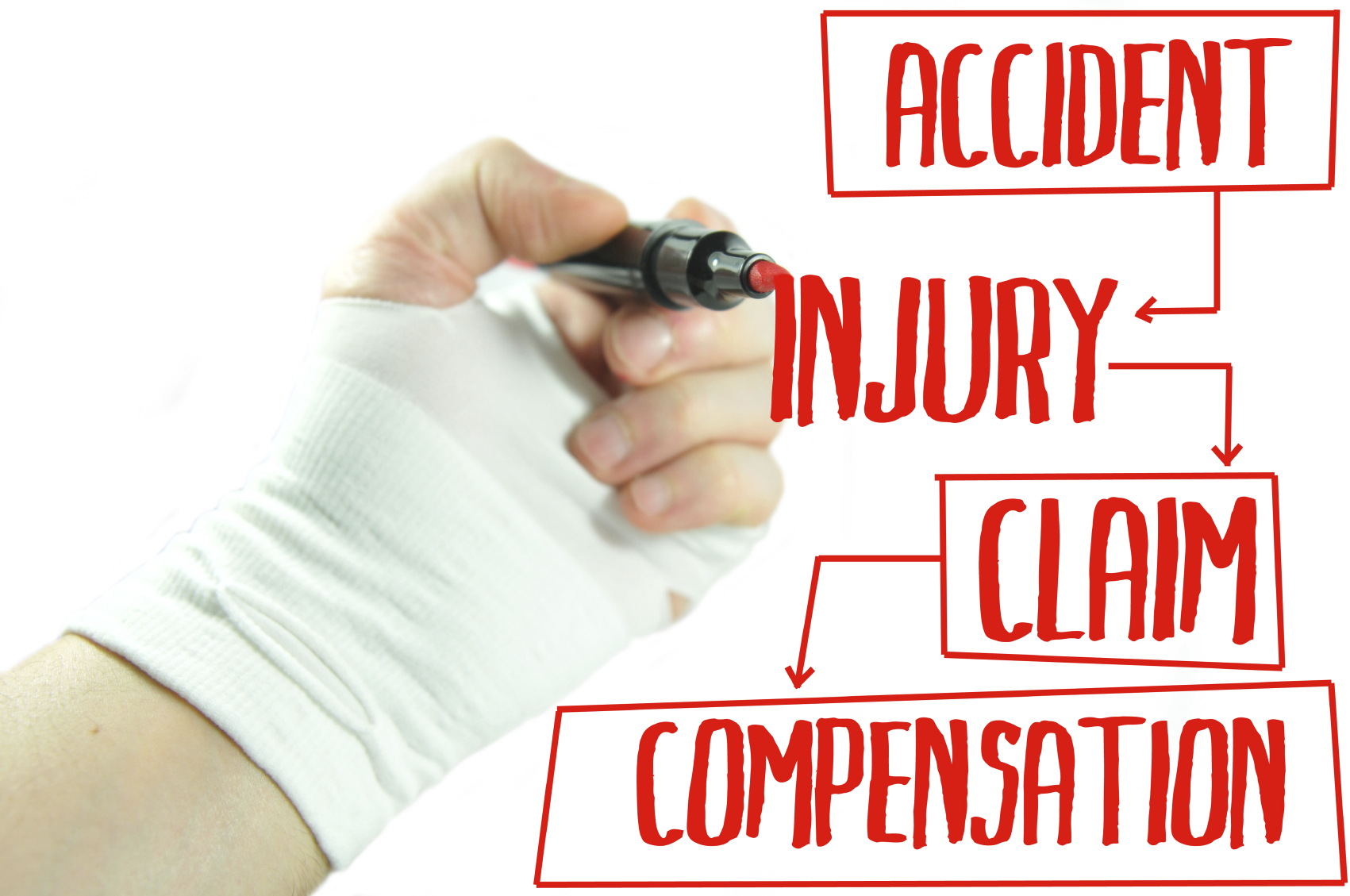Personal Injury: Common Terms to Know
Each personal injury case is different from the other and that is a known fact. However, there are legal terms that are commonly used in nearly every case. Should you ever find yourself involved in a personal injury case, you should be familiar with these said terms as they are used frequently.
Plaintiff
This refers to the party or group of parties who bring the lawsuit. For example, you had a slip and fall incident in a restaurant and you sue the restaurant, you are the plaintiff in that lawsuit.
Complaint
By filing a complaint to the appropriate court, the plaintiff initiates a lawsuit. This is the formal expression of grievances.
Defendant
This is the party allegedly liable for the injuries of the plaintiff. Like the slip and fall example given earlier, the restaurant is now the defendant.
Prayer for Relief
This is a legal term that means there is information regarding how much money the plaintiff is asking for. This is included in the complaint.
Answer
A formal answer to the complaint is filed by the defendant. This serves as notification to the plaintiff and the court on the defendant’s position about the allegations.
Statute of Limitations
This refers to the time period set by law in which a plaintiff may file suit claiming damages. This can vary, depending on the circumstances of the case. For personal injury cases, they have statutes of limitations with two or three years. Special exceptions are given for malpractice cases.
Torts
Torts are wrongful acts that are not crimes and therefore, do not arise from contracts. Wrongful death, negligence, libel and slander, trespass, battery, and civil assault – these are types of torts. Intentional torts are wrongful acts that are committed on purpose. Some of these intentional torts, like assault and battery, can also be crimes. The same goes with theft and wrongful death.
Negligence
Negligence is a type of tort coming from carelessness or failure to act within reasonable care – especially when it causes damage to another person or property.
Burden of Proof
This pertains to a plaintiff’s obligation to prove that his or her allegations are true.
Strict Liability
This legal theory imposes liability for certain injuries or acts causing damage regardless of wrongdoing or fault.
Damages
These are what a plaintiff seeks to recover in a lawsuit. In a personal injury suit, damages pertain to money.
Contributory Negligence/Comparative Fault
These can reduce (or eliminate) damages altogether but that depends on the law followed in the state where an injury occurred.
No-Fault
This legal theory is applied in auto accident personal injury cases. States that apply no-fault laws require every auto owner to carry a minimum amount of personal injury protection (PIP) insurance.

